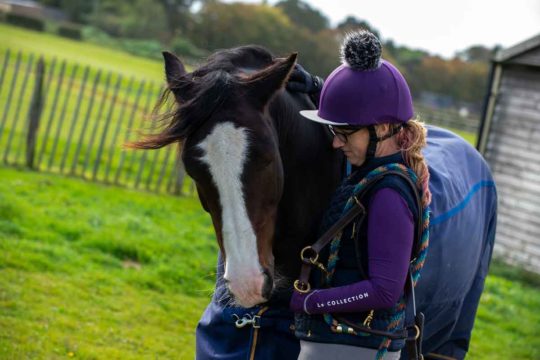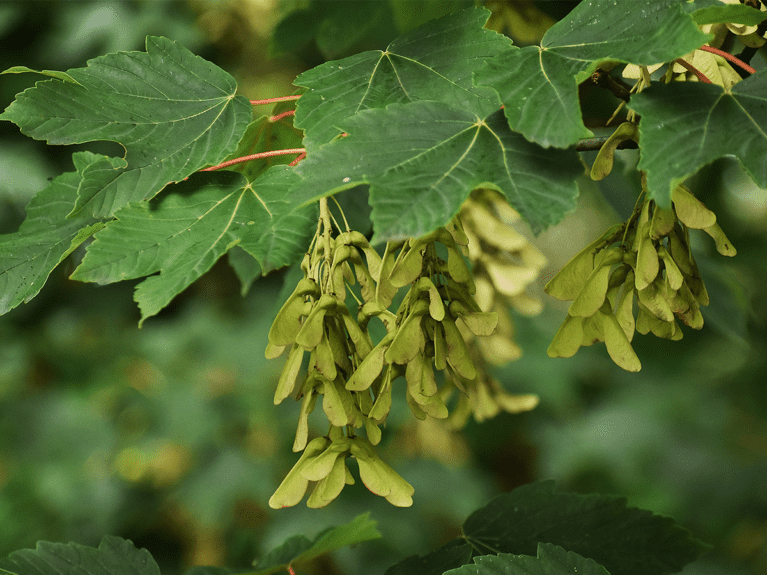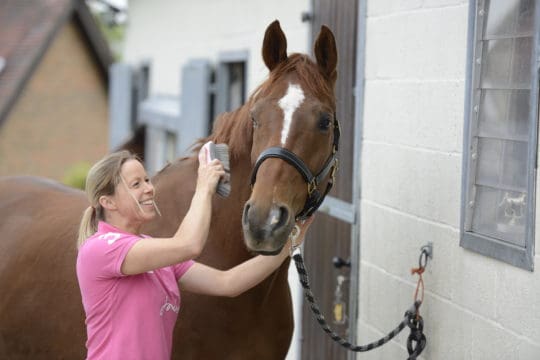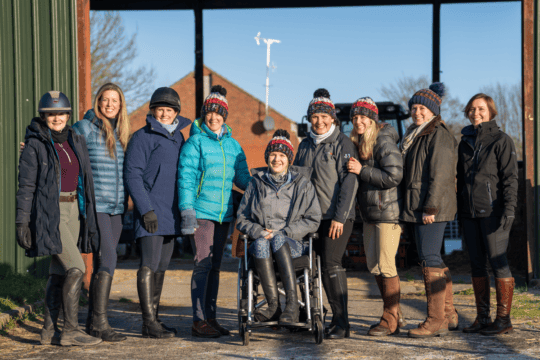
Most Read Articles

Be vigilant when it comes to this disease, as the consequences can be fatal for horses. Here’s what you need to know
Atypical myopathy, also known as sycamore poisoning, is a muscle disorder that’s caused by the ingestion of sycamore seeds. It most often occurs in spring and autumn, and often affects several horses within a herd. The ‘helicopter’ seeds and seedlings responsible contain a toxin called hypoglycin A (HGA) that slows down or stops energy production in the horse’s muscles, particularly the heart muscle and the ones the horse uses to sleep and breathe.
The onset of atypical myopathy happens very quickly and death can happen suddenly. As a result, a rapid and early diagnosis is key to helping your horse recover.
Recognise the signs
A horse with atypical myopathy may show the following symptoms…
- severe stiffness, struggling to walk and stand up
- rapid or laboured breathing
- muscle tremors
- lethargy and appearing lifeless with a low, hanging head
- sweating
- dark coloured urine
- fast or irregular heartbeat
Take action
If you suspect your horse – or any others at your yard – are affected by atypical myopathy, don’t delay and call your vet straight away. Affected equines will be taken into intensive care where they can be monitored 24/7 and receive intravenous fluid therapy, pain relief and anti-inflammatory medication.
The first few days are vital and horses that make it through this initial period are much more likely to survive and fully recover, with no long-term effects. With up to 70% of cases proving fatal, prompt action should never be underestimated.
Reduce the risk
Like any health condition, prevention is always better than cure, so consider what you can do to lessen the chances of atypical myopathy affecting your horse. Here’s how…
- If possible, avoid grazing your horse on pasture containing sycamore trees. If you can’t do this, fence off the areas where seeds and leaves fall
- Inspect your fields regularly, even if there are no sycamore trees in your paddocks Believe it or not, seeds and seedlings can travel up to 200m from neighbouring trees
- Make sure your horse has access to plenty of forage during his turnout time, as seeds are more likely to be eaten when pasture is sparse
- Pick up and dispose of sycamore seeds and leaves daily
Did you know?
You can test for the presence of HGA in your paddocks by submitting a sample to the Royal Veterinary College’s Comparative Neuromuscular Diseases Laboratory. Visit: rvc.ac.uk to find out more.











